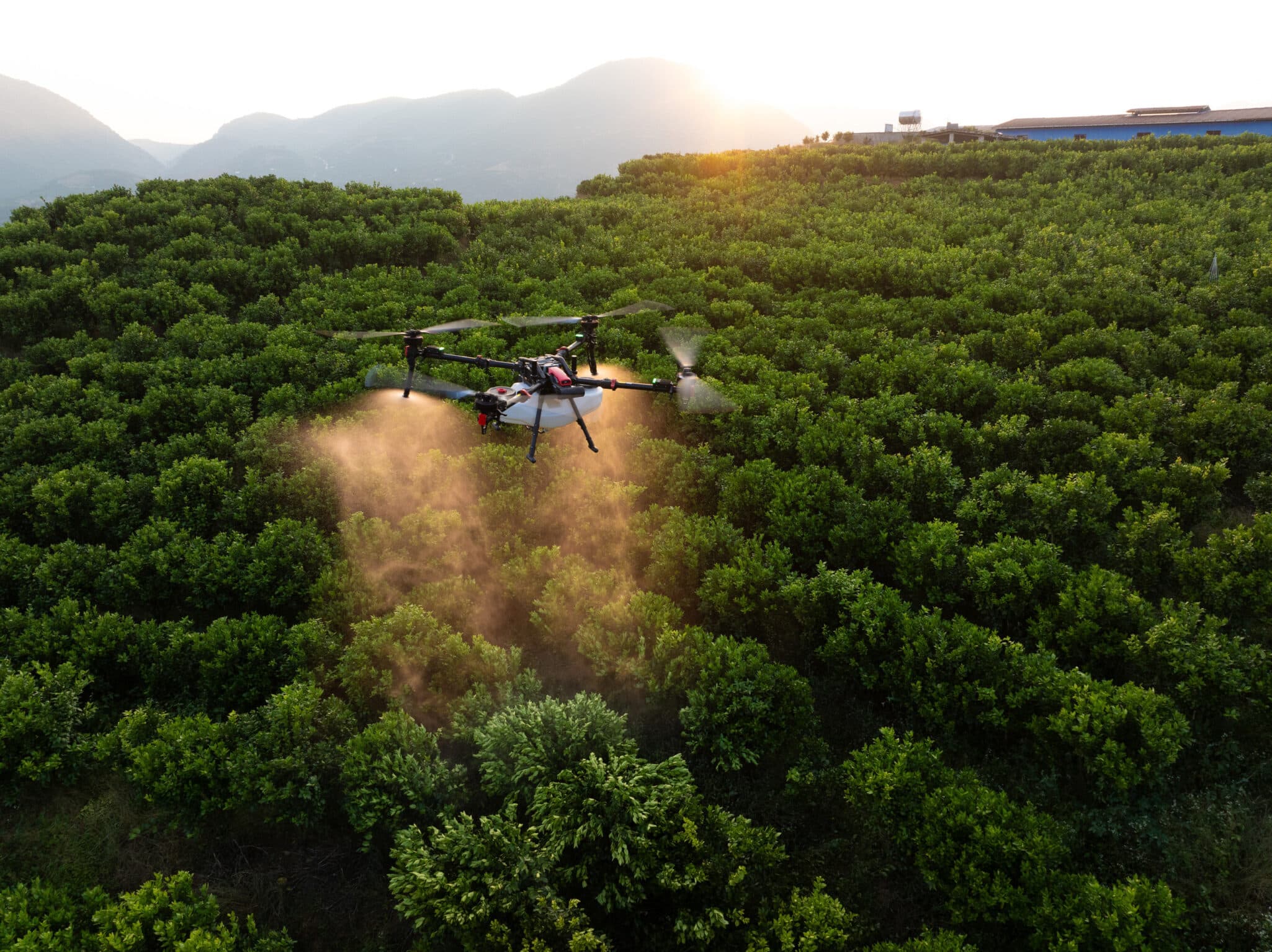Key Takeaways
- XAG has introduced the fully electric R Series Agricultural Rover for orchards, vineyards, and greenhouses.
- The R100 and R200 models offer precision spraying, intelligent navigation, and terrain-adaptive design.
- Rising labor costs in specialty crops are driving rapid adoption of automation solutions.
- XAG’s technology supports reduced chemical use and improved operational efficiency.
- The rover platform is expandable for additional field tasks such as weeding and transport.
XAG Unveils Ground Robot Designed for High-Value Crop Environments
XAG has announced the global launch of its R Series Agricultural Rover, a fully electric ground robot built to support specialty crop production in orchards, vineyards, and greenhouses. With labor accounting for nearly 38% of specialty-crop production costs, growers are increasingly adopting automated systems to improve efficiency and reduce manual workloads.
The R Series is designed to address these needs using intelligent navigation, precision spraying, and adaptable mobility. Drawing on XAG’s experience in agricultural automation, the platform offers two models to match different crop environments.
R100 and R200 Models Tailored for Specialty Crop Management
The XAG R100 Agricultural Rover features a compact frame suited for greenhouse vegetables and tightly spaced crops. Equipped with a 120-liter tank, four-wheel drive, and two JetSprayers delivering up to 8 liters per minute, it operates for up to 30 minutes under full load on one charge.
For orchards and vineyards, the R200 provides greater capacity with a 240-liter tank, six-wheel drive, four JetSprayers, and 15 minutes of continuous full-load spraying. Both models use centrifugal JetSprayer technology to produce 60–200-micron droplets, ensuring uniform coverage and reduced chemical use.
Built on an all-aluminum chassis with a suspended portal axle, the rovers maintain traction on uneven terrain. With an 80-centimeter-wide frame, they navigate narrow crop rows while minimizing soil compaction.
XAG Integrates Intelligent Control and High-Resolution Mapping
Rover operation is managed through the SRC 5 Smart Remote Controller, which combines touchscreen functionality, dual joysticks, and real-time FPV monitoring. Automation features include Cruise Mode, Path Tracking, and Repeat Mode.
The RealTerra mapping system captures high-resolution imagery during the initial pass to generate a detailed field map used for centimeter-level autonomous route planning. AI safety assistance continuously monitors the environment to detect obstacles and ensure reliable operation.



1 Comment